Various studies have shown that colors can evoke specific emotional responses, affecting our behavior and feelings in subtle but profound ways. Color plays a pivotal role in interior design, significantly influencing the ambiance of a space and by understanding the psychology of color, one can create environments that enhance their well-being and reflect their personal style.
Whether you’re aiming to create a calming bedroom, an energizing home office, or a welcoming living room, the right color choices can make all the difference. In this blog, we’ll delve into the science of color psychology, examining key theories and studies that reveal how colors influence our emotions.
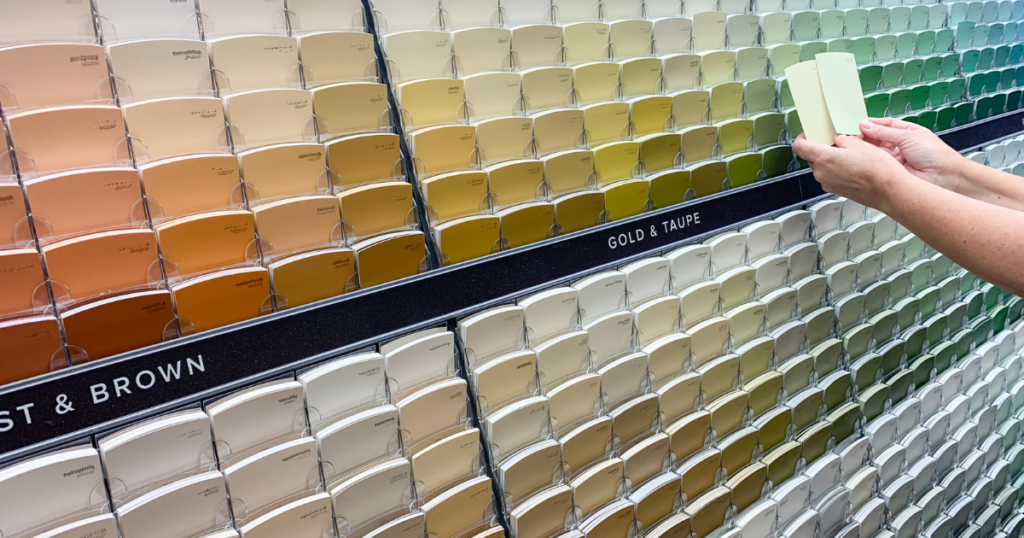
The Science of Color Psychology
Color psychology is the study of how colors influence human behavior and emotions. This fascinating field has a rich history, dating back to ancient civilizations that used colors for therapeutic purposes. In modern times, color psychology has been the subject of numerous scientific studies, revealing insights into how different hues can affect our mood and well-being.
Several key theories and studies provide a deeper understanding of this phenomenon. For instance, Mental Health America explains how different colors can evoke specific psychological responses. According to their research, warm colors like red and yellow can stimulate feelings of warmth and excitement, while cool colors like blue and green can promote calmness and relaxation.
HGTV also explores the practical implications of color psychology in interior design. Their studies suggest that choosing the right colors for your home can enhance the functionality of different spaces, such as using blue in the bedroom to improve sleep quality or yellow in the kitchen to boost energy and creativity.
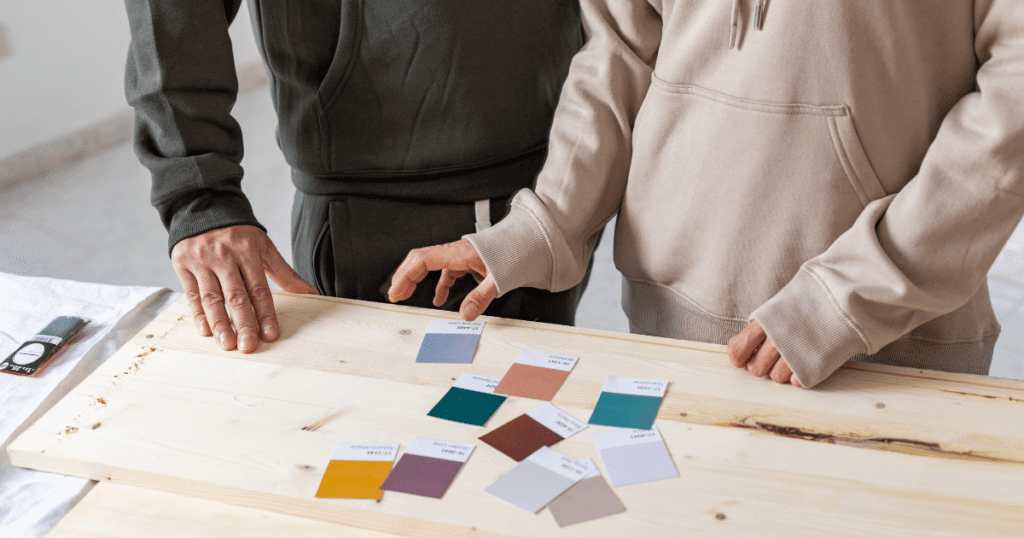
Additionally, a comprehensive study published in the National Center for Biotechnology Information (NCBI) supports these findings, highlighting how color impacts various aspects of human life, from emotional responses to physical health. This study underscores the importance of considering color psychology when designing spaces meant to support mental and emotional well-being.
By understanding these theories and incorporating them into your home design, you can create spaces that not only look beautiful but also enhance your quality of life. Whether you’re aiming to reduce stress, boost productivity, or create a cozy retreat, the principles of color psychology can guide you in making informed and effective choices.
Warm Colors and Their Impact
Warm colors like red, orange, and yellow can have a significant impact on our emotions and behavior.
Red: This bold color symbolizes passion, energy, and excitement. It’s a powerful color that can stimulate strong emotions, from love and warmth to aggression and overstimulation. Red is often used to create a sense of urgency or to draw attention to a particular area. However, too much red can be overwhelming, so it’s best used in moderation.

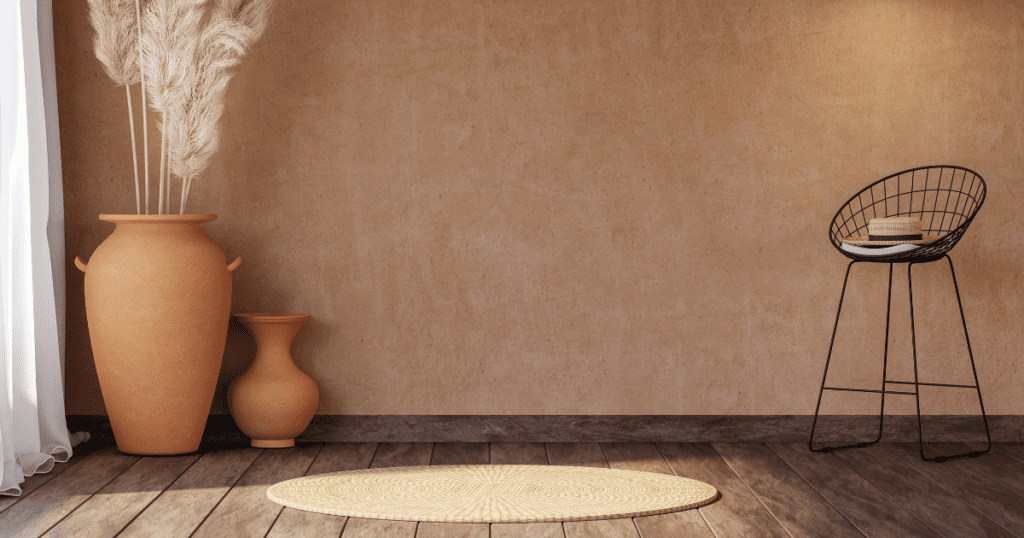
- Orange: Representing enthusiasm and warmth, orange is a cheerful color that can stimulate appetite and encourage lively conversation. It’s a great choice for social spaces like dining rooms and kitchens, where you want to foster a welcoming and energetic atmosphere.
- Yellow: Associated with happiness and optimism, yellow can bring a sense of joy and energy to a room. It’s perfect for spaces where you want to feel uplifted and motivated, such as a home office or kitchen. However, in large quantities, yellow can become overwhelming and may lead to feelings of frustration or anxiety.
Cool Colors and Their Impact
Cool colors like blue, green, and purple are known for their calming and soothing effects.
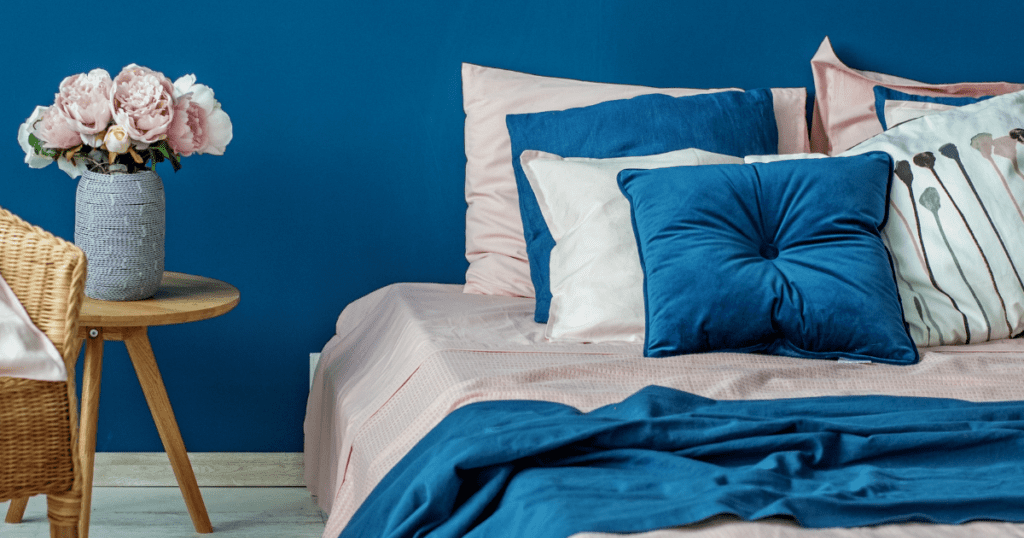
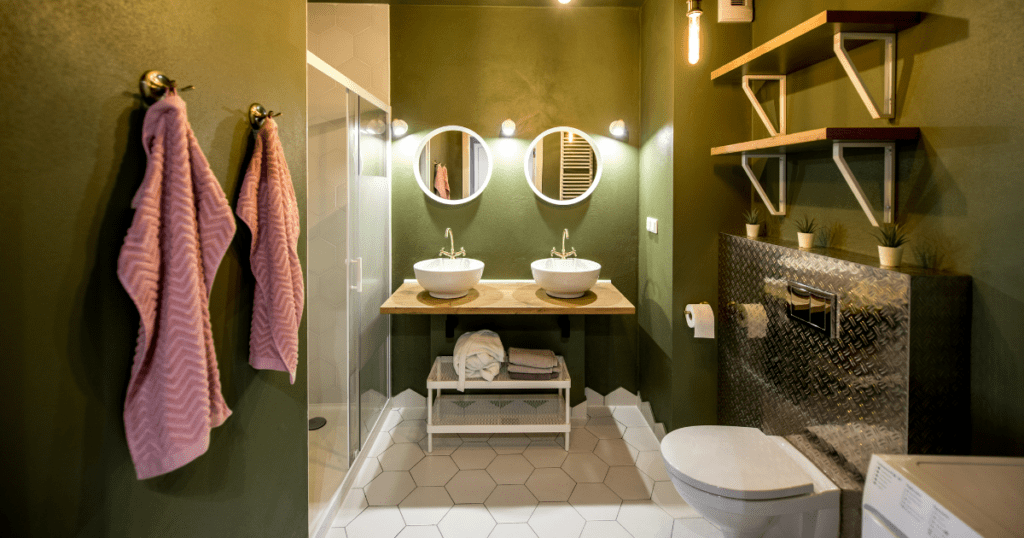
- Blue: This color conveys calmness and serenity, making it ideal for spaces where relaxation and concentration are key, such as bedrooms and home offices. Blue can also reduce anxiety and promote a sense of tranquility.
- Green: Symbolizing nature and tranquility, green promotes relaxation and healing. It’s a versatile color that works well in almost any room, bringing a sense of balance and renewal to your space.
- Purple: Often associated with creativity and luxury, purple can be both calming and stimulating depending on the shade. Lighter purples like lavender can create a serene and peaceful environment, while deeper purples like royal purple can add a touch of elegance and sophistication.
Neutral Colors and Their Impact
Neutral colors like white, gray, and black serve as the foundation for many interior design schemes.
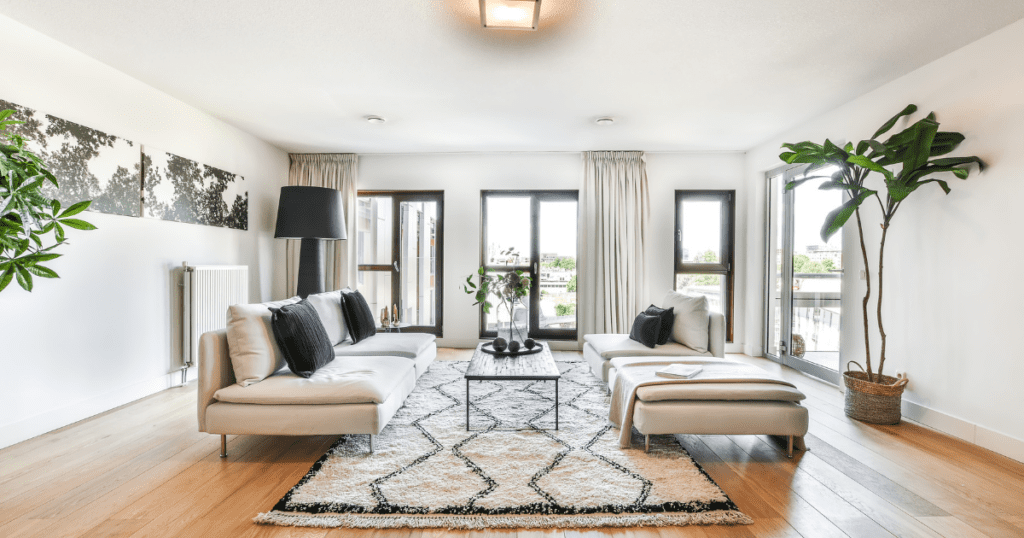

- White: Symbolizing purity and cleanliness, white creates a sense of spaciousness and can make a room feel more open and airy. It’s a versatile color that pairs well with any other color, making it a staple in minimalist and modern design.
- Gray: Conveys sophistication and neutrality, gray is a calming color that can add a touch of elegance to any room. However, if overused, it can make a space feel dull and lifeless. Balancing gray with other colors can help prevent this.
- Black: Represents elegance and power, black is a bold color that can add depth and drama to a space. While it can be striking and sophisticated, too much black can be overwhelming and create a heavy atmosphere. Use it sparingly to highlight specific areas or elements in a room.
Understanding the impact of these colors can help you create spaces that not only look good but also feel right. Whether you’re aiming for a lively, energetic environment or a calm, serene retreat, choosing the right colors is key to achieving the desired emotional atmosphere in your home.
Practical Applications in Home Design
When it comes to applying color psychology to your home design, choosing the right colors for each room can enhance both functionality and aesthetic appeal.
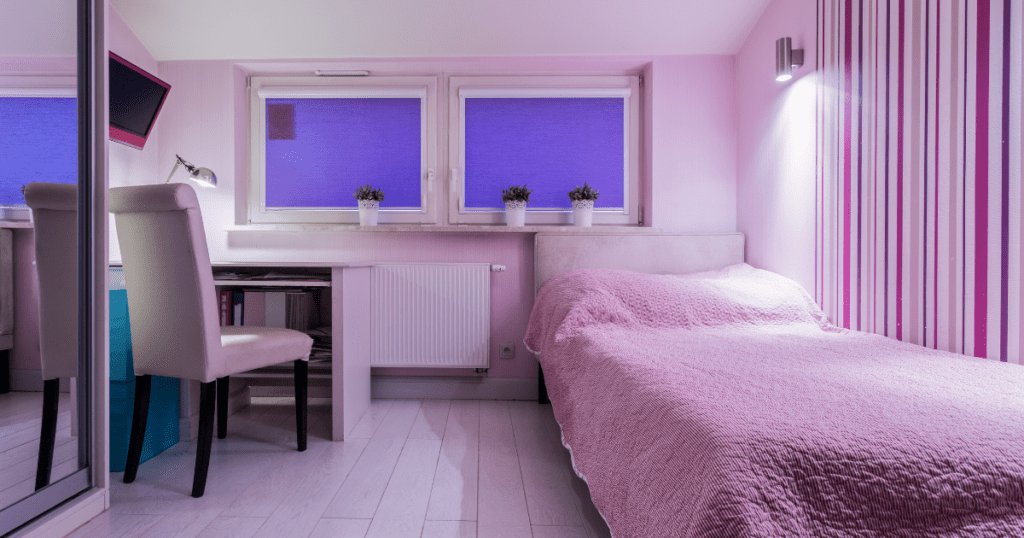

- Living Rooms: For social and active spaces like living rooms, warm colors such as orange and red can create an inviting and energetic atmosphere. These colors encourage conversation and interaction, making them ideal for areas where you entertain guests. These hues can stimulate activity and warmth, fostering a lively environment.
- Bedrooms: In spaces designed for relaxation and sleep, cool colors like blue and green are the best choices. These colors promote calmness and tranquility, helping to reduce stress and create a restful environment. Blue, in particular, is effective in lowering blood pressure and heart rate, which are conducive to better sleep.
- Kitchens and Dining Areas: Colors that stimulate appetite and conversation, such as yellow and orange, are perfect for kitchens and dining areas. These warm hues can enhance the dining experience by making the space feel cozy and welcoming. Yellow can uplift moods and encourage social interaction, making meals more enjoyable.
- Home Offices: To enhance productivity and focus, blue and green are excellent choices for home offices. Blue helps in concentration and reduces anxiety, while green promotes a balanced and calm atmosphere. These colors can create a conducive work environment that minimizes stress and enhances efficiency.
Tips for Choosing the Right Colors
Selecting the right colors for your home involves more than just picking shades you like; it requires thoughtful consideration of how each color affects mood and functionality.
- Consider the Function: Match colors to the purpose of each room. For instance, choose calming colors for bedrooms to promote relaxation, and vibrant colors for living rooms to encourage social interaction.
- Balance and Harmony: Create a balanced color scheme by combining complementary colors. This ensures that no single color overwhelms the space. According to design experts, using a mix of warm and cool colors can help achieve harmony and prevent visual fatigue.
- Personal Preference: Always consider personal taste and cultural differences when choosing colors. What works for one person might not work for another, and cultural backgrounds can significantly influence color preferences and perceptions. Customizing your color choices to reflect your personal style and cultural influences can make your home more comfortable and meaningful.
By applying these principles, you can use color psychology to create a home environment that not only looks great but also supports your well-being and lifestyle. Whether you’re aiming to create a serene retreat or a lively social hub, understanding how colors impact mood and function is key to successful interior design.
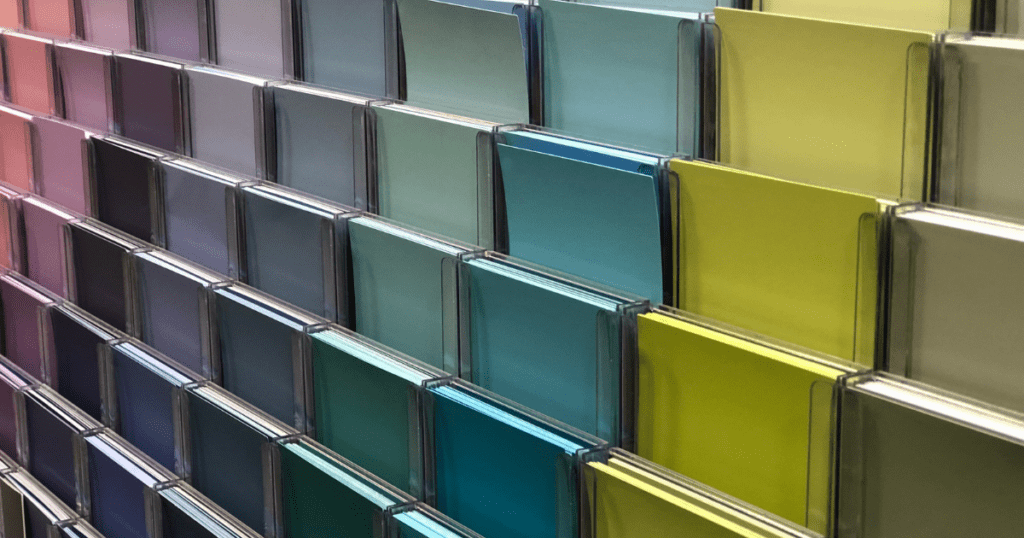
Wrap Your Home in the Right Hues
We’ve explored how different colors can evoke specific emotional responses. Warm colors like red, orange, and yellow stimulate energy and conversation, making them ideal for social spaces. Cool colors like blue and green promote relaxation and focus, perfect for bedrooms and home offices. Neutral colors provide a versatile foundation, adding sophistication and elegance without overwhelming the senses.
Color plays an integral role in shaping the ambiance and emotional atmosphere of your home. By understanding the psychology of color, you can make informed decisions that enhance the functionality and mood of each room. Don’t be afraid to experiment with different colors to find what works best for you. Your home is a personal sanctuary, and the right colors can help create the desired emotional atmosphere that suits your lifestyle and preferences. Consider the function of each room, strive for balance and harmony, and always take personal taste into account.
Ready to transform your home with the perfect colors? Contact A.G. Williams Painting Company for professional color consultation and painting services. Our experts are here to help you create a beautiful, harmonious living space that enhances your well-being and reflects your unique style.